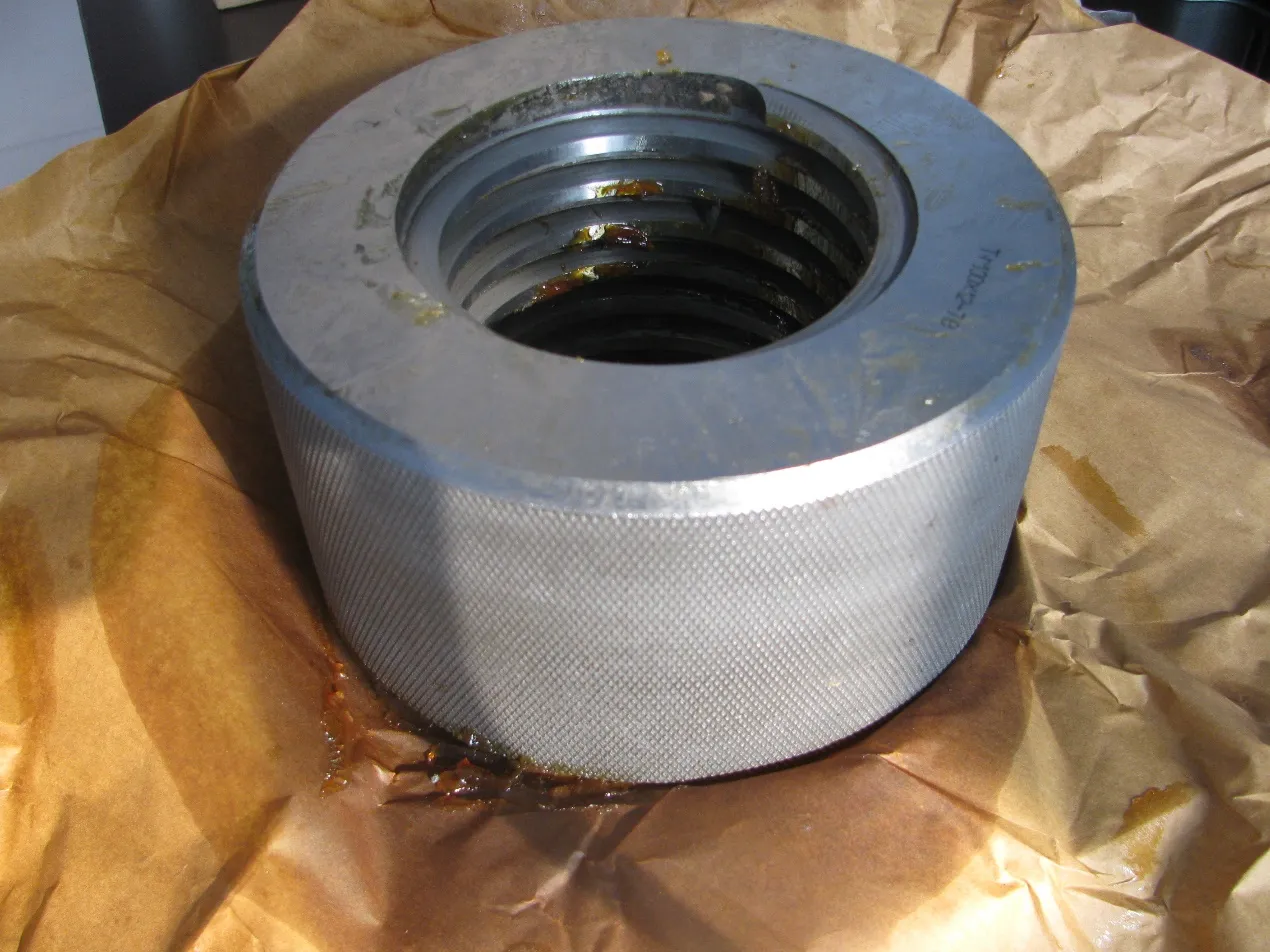Dec . 03, 2024 17:35 Back to list
guide rail types
Understanding Guide Rail Types A Comprehensive Overview
Guide rails, commonly known as guardrails or safety rails, are essential components in various infrastructures, primarily designed to enhance safety. They serve to delineate boundaries, prevent vehicles from exiting the road, shield pedestrians, and protect structures from unintended collisions. With several types of guide rails available, understanding their characteristics and appropriate applications is crucial for ensuring optimal safety and longevity. This article explores the most common types of guide rails, their functions, and where they are most effectively utilized.
1. Concrete Guide Rails
Concrete guide rails are robust, durable structures often used on highways and roads with high traffic volumes. Their weight and rigidity make them highly effective in preventing vehicles from veering off the road and minimizing the risk of rollover accidents. Concrete rails are typically designed with a sloped face, which redirects vehicles back onto the roadway, thereby reducing the severity of impacts.
They are particularly beneficial in areas with high-speed traffic and are often seen in urban environments, highway interchanges, and near bridges. However, their weight can limit mobility during installation and maintenance, making them less ideal for temporary applications.
2. Steel W-Beam Guide Rails
W-beam guide rails, made from high-strength steel, are one of the most common types used globally. Their design features a 'W' shape that provides a good balance between flexibility and strength. This combination allows them to absorb impact forces effectively while redirecting errant vehicles back onto the roadway without causing excessive damage.
Steel W-beam rails are often used in rural areas, along secondary roads, and in locations where heavy truck traffic is prevalent. Their relatively lighter weight compared to concrete rails facilitates easier installation and maintenance. Moreover, they can be complemented with various accessories, such as end treatments and crash cushions, to enhance their effectiveness.
Cable guide rails consist of multiple strands of high-tensile strength cables suspended between posts. This type of guide rail is particularly advantageous in locations with steep slopes and where traditional rigid barriers may not be feasible. Cable rails are capable of absorbing high-speed impacts while allowing for flexibility, which minimizes the risk of vehicle rollovers.
guide rail types

These guide rails are commonly installed on mountainous roads and highways with significant elevation changes. They require regular maintenance to ensure tension and stability but provide an elegant solution to preventing vehicles from departing the roadway in challenging environments.
4. Vertical Panel Guide Rails
Vertical panel guide rails feature solid panels installed vertically and are often used in areas where aesthetics are important, such as parks, scenic routes, and urban developments. These panels can come in various materials, including wood, plastic, or metal, and are designed to blend into their surroundings while still providing safety features.
The primary function of vertical panel guide rails is to delineate pathways and prevent access to hazardous zones while enhancing the visual appeal of the area. However, they may not be suitable for high-speed applications where significant impact resistance is required.
5. Plastic Guide Rails
Plastic guide rails are a more recent innovation, offering a lightweight, environmentally friendly alternative to traditional materials. Made from high-density polyethylene or recycled materials, these guide rails are ideal for temporary or low-speed applications, such as event sites or construction zones.
While plastic guide rails may not offer the same level of impact resistance as concrete or steel options, they are easy to install and relocate, making them versatile for various applications. Their visibility and ease of integration into diverse environments also make them popular for pedestrian pathways and bike lanes.
Conclusion
Choosing the right guide rail type is crucial for ensuring safety and efficiency in various environments. Understanding the characteristics and appropriate applications of each type can greatly enhance their effectiveness. Whether it's the robust concrete rails for high-speed highways, flexible steel W-beams for rural roads, or aesthetically pleasing vertical panels for urban areas, it's essential to consider the specific needs of each location to provide optimal safety for both vehicles and pedestrians. As innovations continue to emerge in guide rail technology, the future promises even more effective solutions for roadway safety.
-
Why Metric Trapezoidal Thread is Ideal for Precision Motion ControlNewsAug.05,2025
-
The Unique Properties of a Block of Granite for Industrial UseNewsAug.05,2025
-
The Role of Flanged Y Strainers in Preventing Pipeline ClogsNewsAug.05,2025
-
The Importance of Regular Calibration for Master Ring GagesNewsAug.05,2025
-
How a Cast Iron Surface Table Enhances Accuracy in ManufacturingNewsAug.05,2025
-
Comparing Different Check Valve Types for Optimal Flow ControlNewsAug.05,2025
Related PRODUCTS









